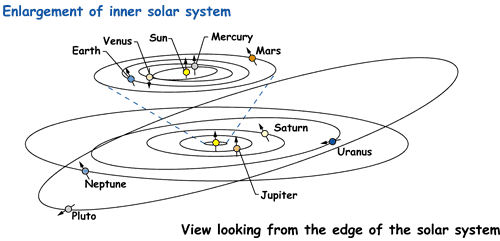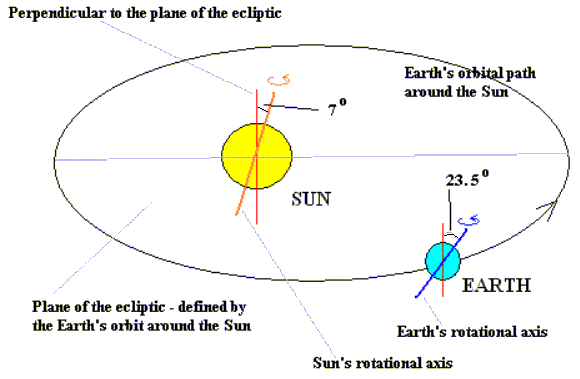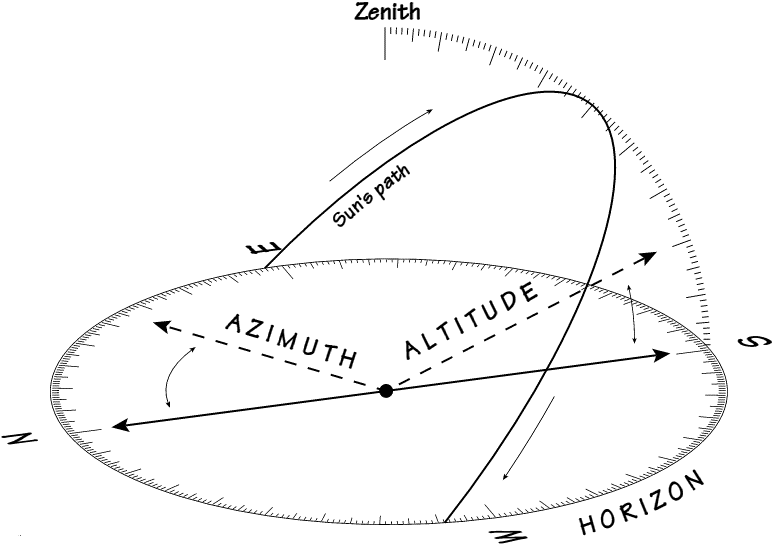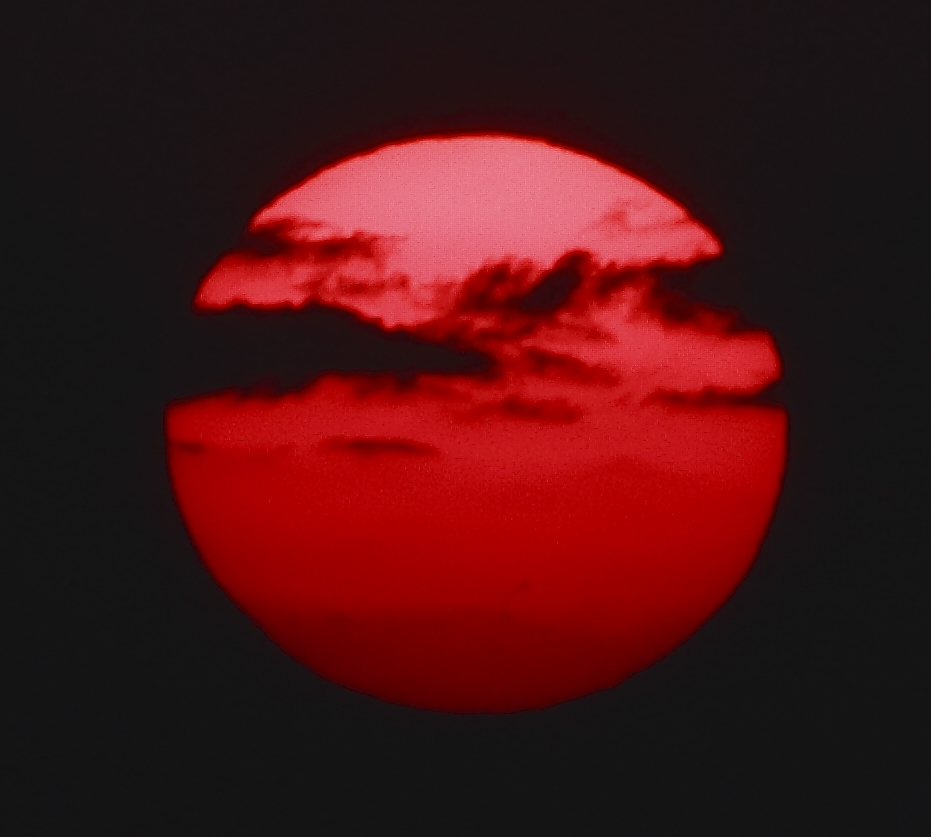Mornin’
Sunday morning scenes
Reality is the illusion we agree upon
Pinyon Jays, Northern Flicker, Say’s Phoebe, Rock Wren, Vesper Sparrow, Mountain Bluebird
Colors
9/11/15 – changes in light
It’s a small world after all…..
Kiowa morning
Hare and Vesper Sparrow
Full moon – rise and set
colorful end to the day
a solar perspective
Shooting pictures of a fixed object from the surface of a rotating ball.

http://spaceplace.nasa.gov/review/ice-dwarf/SolarSystem_side.en.gif

http://www.spaceacademy.net.au/library/notes/axialorien.htm

Image on the left taken shortly after sunrise 8-22-2015. Image on the right taken shortly before sunset 8-22-2015. The two images were taken approximately 12 hours apart from Kiowa, CO., which is approximately 39.3 degrees North latitude, a month away from the Fall equinox when the Northern and Southern hemispheres will be equidistant from the Sun. Even though equidistant, the tilt of the Earth’s axis of rotation remains 23.5 degrees off plumb with the plane of the Earth’s ecliptic around the Sun.
Note the apparent shift in position and orientation of the sunspots, and consider how the Earth must rotate in the course of a 12 hour period to explain this change in view of these relatively fixed sunspots. The Sun’s own rotation of 25 Earth days at the Sun’s equator, and the Earth’s revolution period of 365 days around the Sun in the same direction of the Sun’s rotation do not explain the apparent clockwise 12 hour rotation of this sunspot group on the Sun. The Earth’s own rotation partially explains it.
http://solarscience.msfc.nasa.gov/SunspotCycle.shtml
To rule out sunspot movement, the next photo from the following morning shows the orientation of the sunspots back as they were, except for the rightward shift from the solar “day” rotation. So these sunspots are a relatively fixed point to compare against. Next – images at 3 hour intervals.





Turns out I introduced sunspot rotation over the course of the day by my reorientation of the camera to remain perpendicular to the horizon. Had the camera been kept on the same plane – on a constant azimuth – throughout the day, only changing its altitude to track on the Sun, the sunspots would not appear to rotate. In other words, changing the azimuth – or compass heading – of the shots, to compensate for the Earth’s rotation, caused the apparent rotation of the sunspot.

We see different lit phases of the Moon, however its rotation coincides with its orbit of the Earth and it always presents the same face to us – it’s a very apparent marker in the sky that doesn’t tell us anything about ourselves.
The Sun is too intense to observe with the naked eye, so the visual cues that indicate how we turn upside down each day aren’t readily apparent. But the evidence from these solar-filtered photos can change one’s perspective.

















































